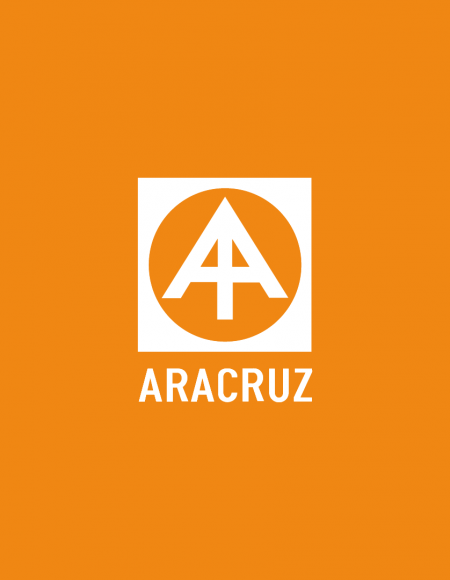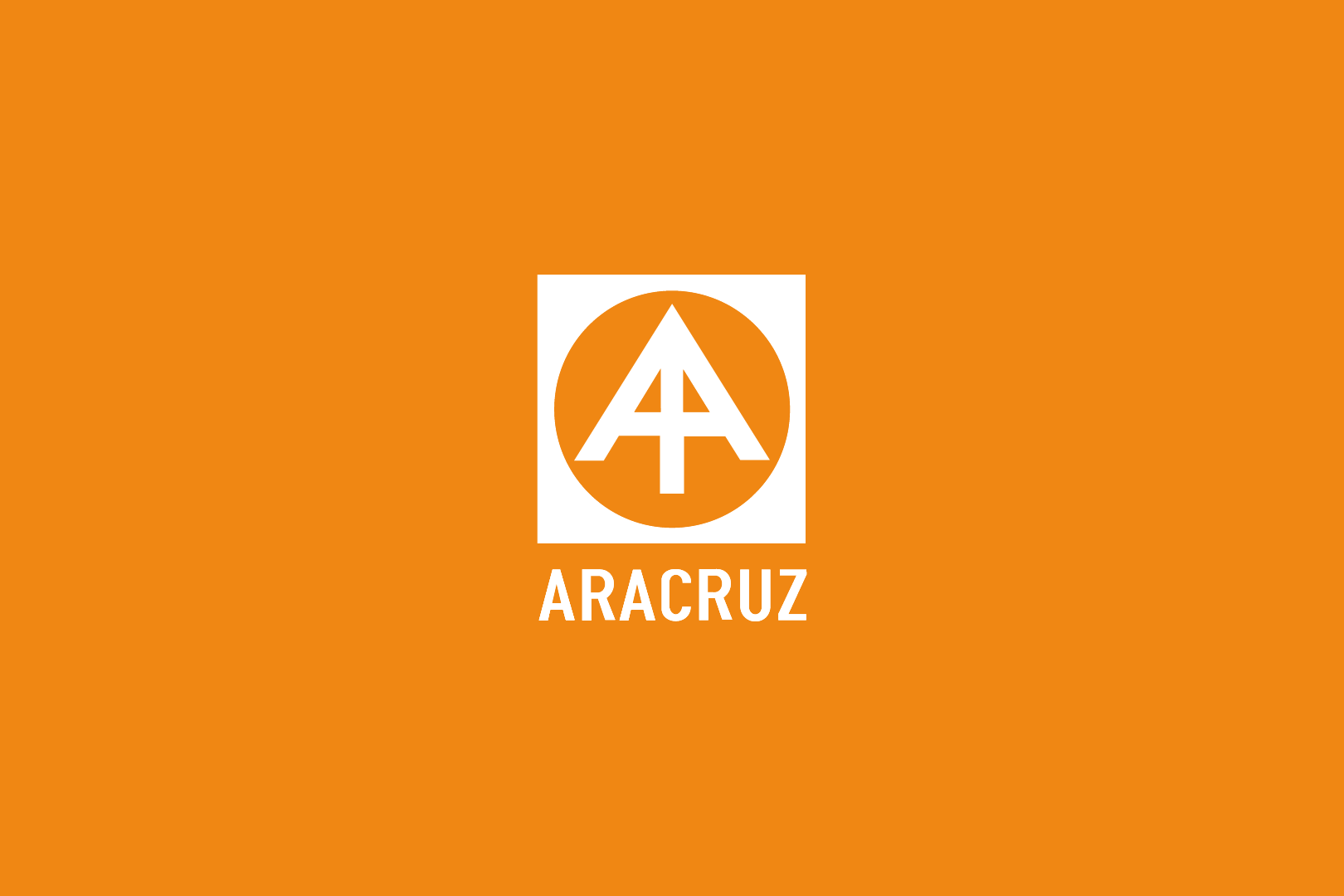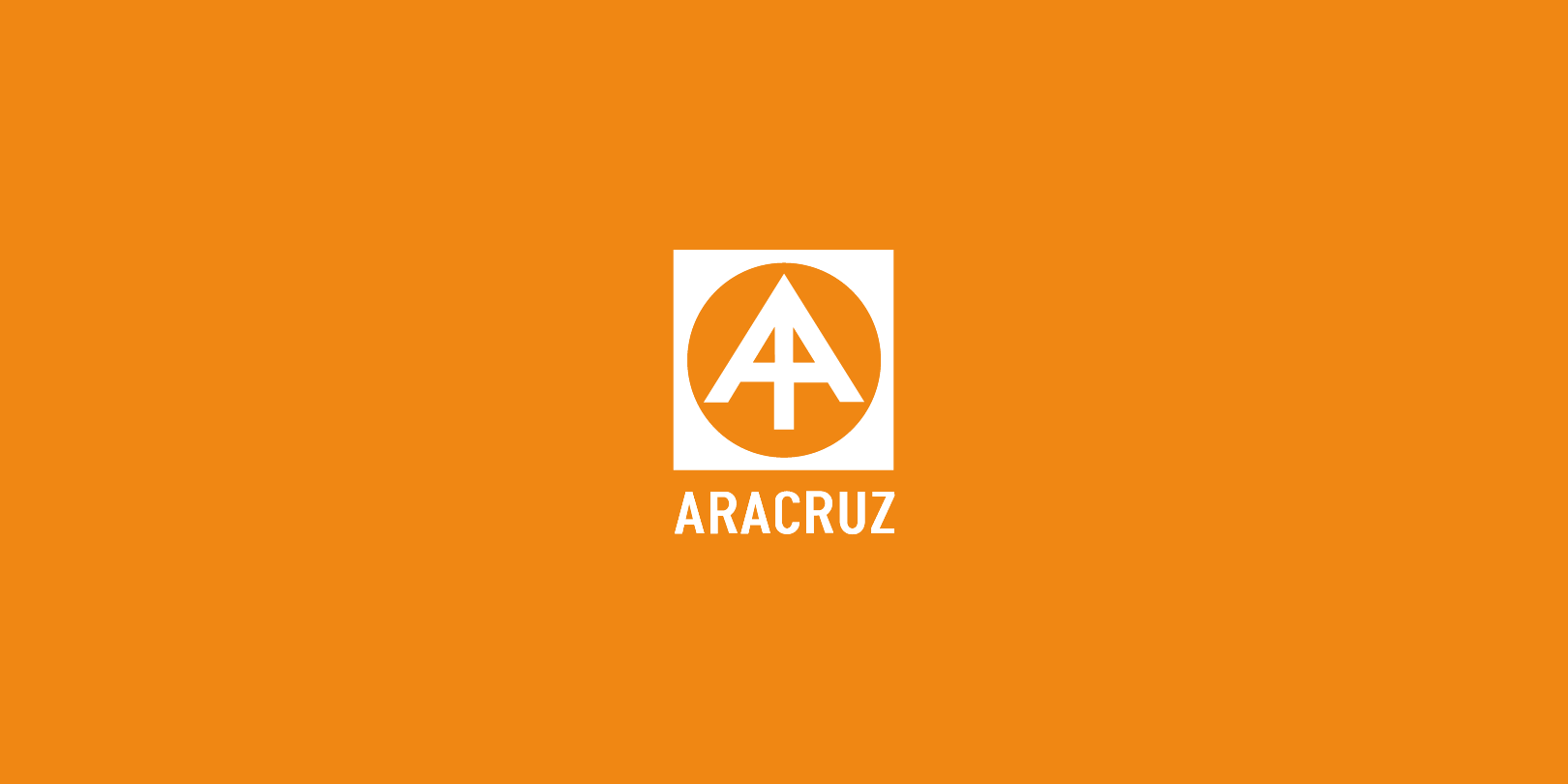Strategic, Operational and Financial Restructuring
Aracruz Celulose S.A. was the world’s leading producer of bleached eucalyptus market pulp, and the first Brazilian company to be traded with ADRs Level III at the NYSE.
Mr. Kaufmann joined Aracruz as CEO in 1993, at a time that the company was highly leveraged and pulp prices were at their lowest level, with the mission to:
- Transform Aracruz into a modern company, from a “state owned” culture company, improving ROI;
- Prepare the company for future growth; and
- Manage the communication process among three controlling shareholders, with different visions, objectives and management cultures.
During his term as President, Aracruz became the lowest cost producer in the world and was considered to be the best performing company in its industry segment, at an international level. When he left in late 1998:
- Productivity per person had increased six fold – from 8000 employees and a production of 400,000 tons/year to 2300 employees with a production capacity of 1,300,000 tons/year.
- The debt/equity structure, and the debt profile were dramatically improved: from a short-term, extremely expensive US$ 1 billion plus debt in 1991, to a US$ 500 million dollar net debt, carried with net financial income.
- Following a creative financial strategy, the company took advantage of the company´s export capability, and of the differential in interest rates in Brazil and abroad and developed innovative structured deals including the first securitization of exports in Brazil.


Strategic, Operational and Financial Restructuring
Aracruz Celulose S.A. was the world’s leading producer of bleached eucalyptus market pulp, and the first Brazilian company to be traded with ADRs Level III at the NYSE.
Mr. Kaufmann joined Aracruz as CEO in 1993, at a time that the company was highly leveraged and pulp prices were at their lowest level, with the mission to:
- Transform Aracruz into a modern company, from a “state owned” culture company, improving ROI;
- Prepare the company for future growth; and
- Manage the communication process among three controlling shareholders, with different visions, objectives and management cultures.
During his term as President, Aracruz became the lowest cost producer in the world and was considered to be the best performing company in its industry segment, at an international level. When he left in late 1998:
- Productivity per person had increased six fold – from 8000 employees and a production of 400,000 tons/year to 2300 employees with a production capacity of 1,300,000 tons/year.
- The debt/equity structure, and the debt profile were dramatically improved: from a short-term, extremely expensive US$ 1 billion plus debt in 1991, to a US$ 500 million dollar net debt, carried with net financial income.
- Following a creative financial strategy, the company took advantage of the company´s export capability, and of the differential in interest rates in Brazil and abroad and developed innovative structured deals including the first securitization of exports in Brazil.



